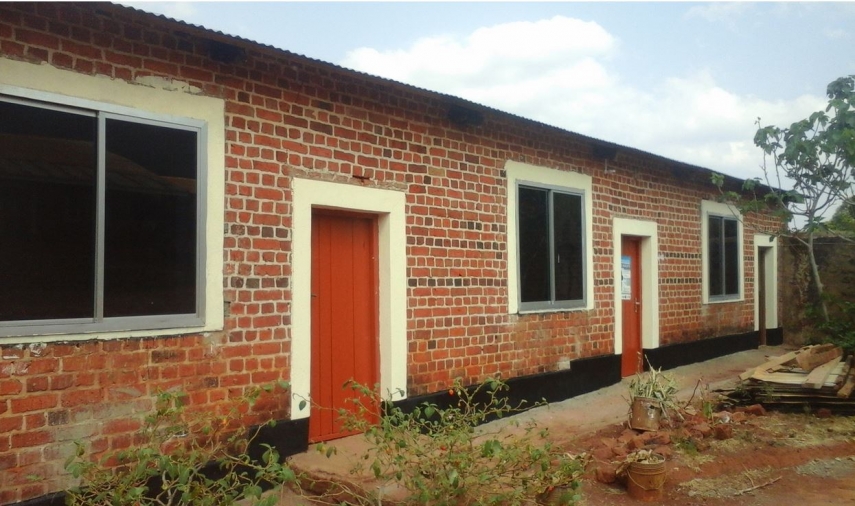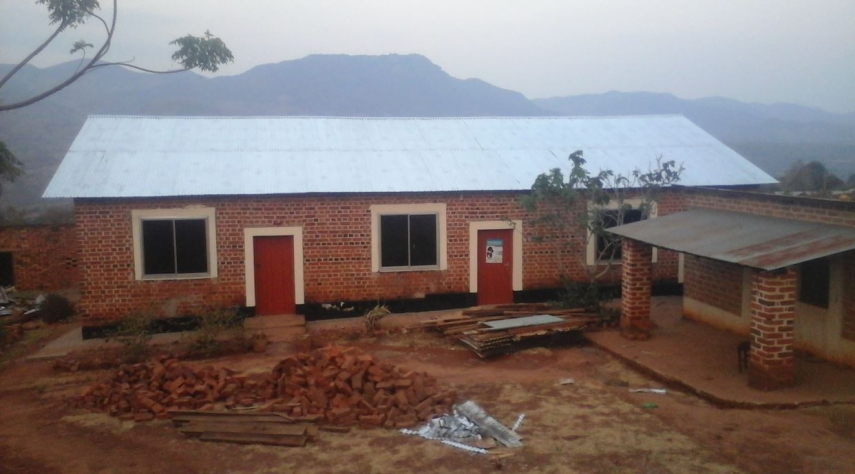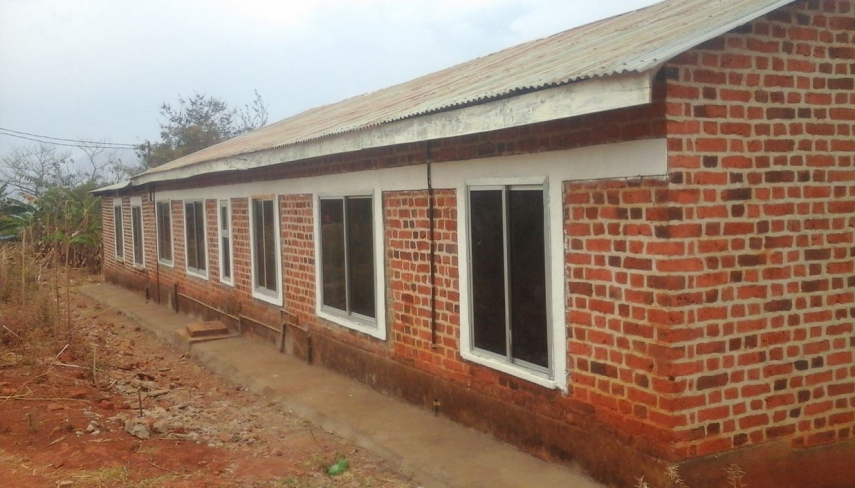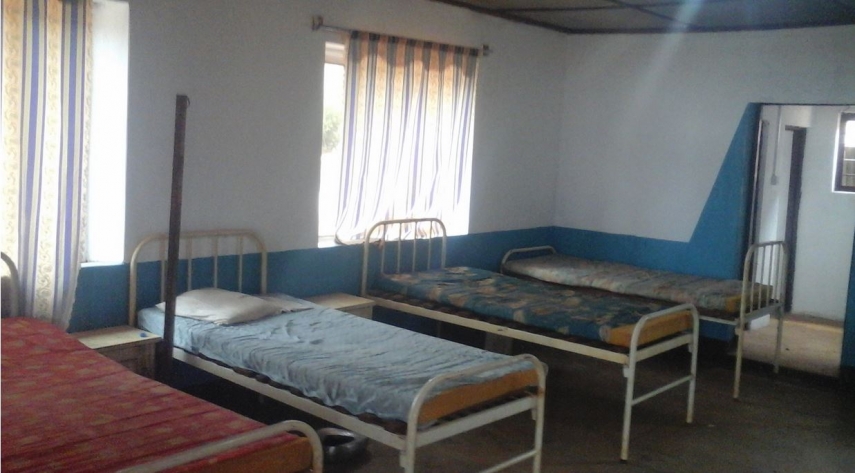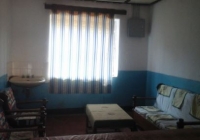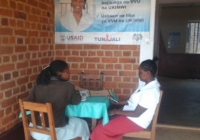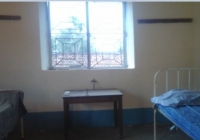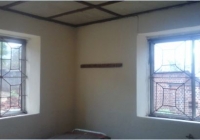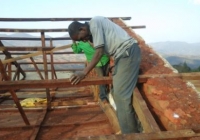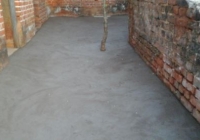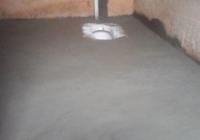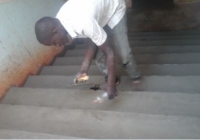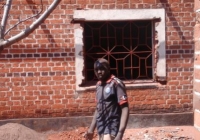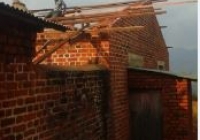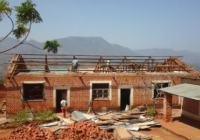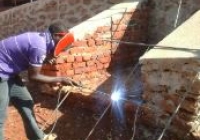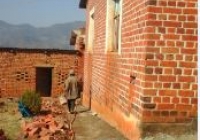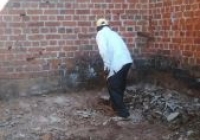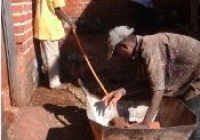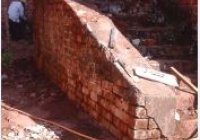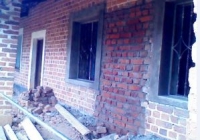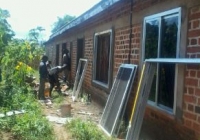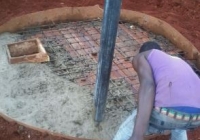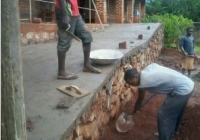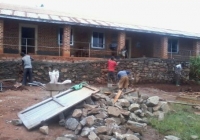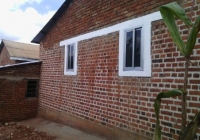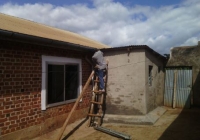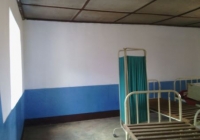La diocesi di Njombe è una delle diocesi più antiche della Tanzania, nata nel 1968.
Il dispensario, di proprietà della diocesi, è situato presso la St. Mary the Queen Luwana Catholic Parish, fondata dai missionari Benedettini, a circa 142 km da Njombe. Il sistema di infrastrutture è molto povero, oltre ad essere carente di strade e mezzi di trasporto pubblici.
La popolazione è di circa 4.570 abitanti, in grande stato di povertà e soggetta all’uso di stupefacenti.
Il dispensario è stato costruito nel 1976 e serve l’intera popolazione. È interamente no profit, anche se ai pazienti viene chiesto di contribuire con il 50% della prestazione. La diocesi è responsabile del mantenimento della struttura e delle attrezzature.
Attualmente i muri sono crepati, lasciando entrare insetti, il tetto è rotto come il pavimento e sono infestati dai topi perché l’ultima piccola ristrutturazione è stata nel 2001.
La popolazione è coinvolta nella fabbricazione di mattoni e nella raccolta di sabbia.


